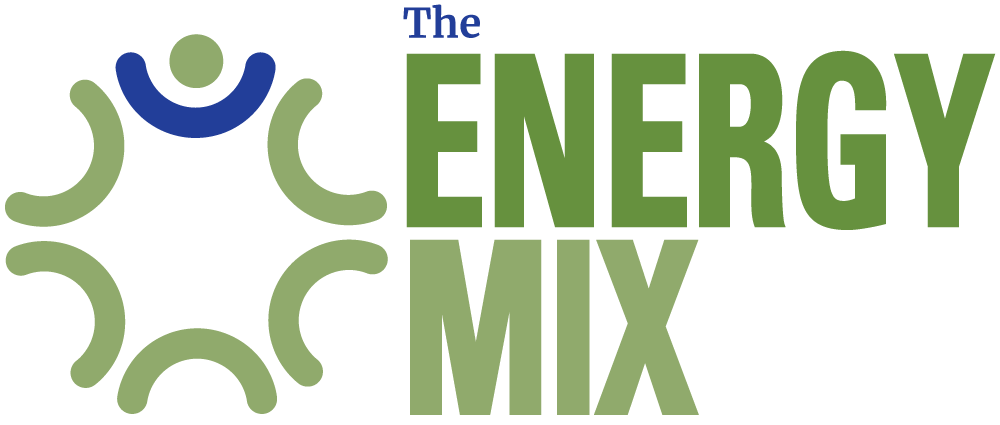Utilities Need Deep Engagement, Trusted Point of Contact to Deliver Energy Efficiency to Underserved Communities

A non-profit in Winooski, Vermont is recommending community-based approaches to customer engagement to connect energy efficiency programs with low-income and racialized households, after discovering that increased competition among service providers makes it harder for poorer households to get the clean energy advice they need.
Founded in 1986 with a mission to reduce the economic and environmental costs of energy use, the Vermont Energy Investment Corporation (VEIC) delivered services in 18 U.S. states and six other countries over its first decade of operation, and has operated as the country’s first energy efficiency utility since 1999. The organization says its energy efficiency and renewable energy investments since 2000 will reduce greenhouse gas emissions by 110 million tonnes over the lifespans of the various projects, all beginning with “a very simple idea: The cleanest and cheapest form of energy is the energy not used.”
Over that time, nearly half of VEIC’s implementation work has benefited underserved communities, Consumer Insights Manager Nick Neverisky writes in a recent post for the Energy Central online community. But while “clean energy program providers have sought effective methods for reaching low-income and BIPOC customers,” he adds, “they have largely fallen short, putting a timely and stable transition to clean energy, nationwide, at risk.”
So VEIC did some research earlier this year in a mix of urban, suburban, semi-rural, and rural settings to understand how clean energy program designs can become barriers to access. The solution “lies in the very strategy that has made clean energy programs so versatile and wide-ranging,” he explains: “The greater the number and range of service providers competing in the market, the more they stymie lower-income consumer participation.”
That means less than full participation in clean energy initiatives, with available funding for low-income services left on the table. In the end, “the personal and environmental benefits from clean energy use—better indoor air quality in buildings, lower costs for heating and cooling, and reduced greenhouse gas emissions—go to someone else.”
The “frequent dead ends in service delivery to socially vulnerable communities” are no news to energy efficiency professionals, Neverisky says. “What has been less understood is what makes them dead ends. Getting to the bottom of that can help clean energy programs see how their program designs have evolved into the current labyrinth that income-qualified customers must travel to obtain the services for which they qualify.”
The research focused on state-wide energy efficiency programs in Wisconsin and Vermont, and BIPOC vehicle owners in Vermont. It revealed a series of obstacles, including customer confusion created by similar programs operating independently, lower levels of trust among BIPOC customers, and the failure of community-based organizations (CBOs) failure to understand the “fragmented services available from clean energy programs.”
When those organizations referred underserved households to energy efficiency programs, Neverisky writes, “almost none connected community members with energy programs that could direct weatherization or other cold climate services to them or reduce energy bills. Although they were somewhat aware that energy-saving programs existed in their region, many of the CBOs reported confusion about which (if any) programs could best support their constituents and whom they should contact to obtain services.”
The work with BIPOC vehicle owners in Vermont showed that organizations had not worked through reputable information sources to build trust with the community. As a result, many of those customers doubted their clean energy purchases would be eligible for incentives, and assumed that retailers would just increase sticker prices to take in the value of any rebates.
“This ‘trust factor’ points again to the need for a reliable entity vouching for the validity of an incentive, and for the integrity of the seller,” Neverisky says. “In the case of the Vermont market for EVs, capturing the full incentive value involves trusting the federal government, Vermont government, and the customer’s utility, each of which offers a separate incentive.”
The study stressed the need for a single, trusted point of contact that could build “deep engagement” with community leaders, industry partners, and regional supply chains and offer reliable, current program information and recommendations to customers. But without immediate improvements, Neverisky warns, “all of the factors inhibiting participation are likely to intensify” as funding under the U.S. Inflation Reduction Act begin rolling through local and state economies.





